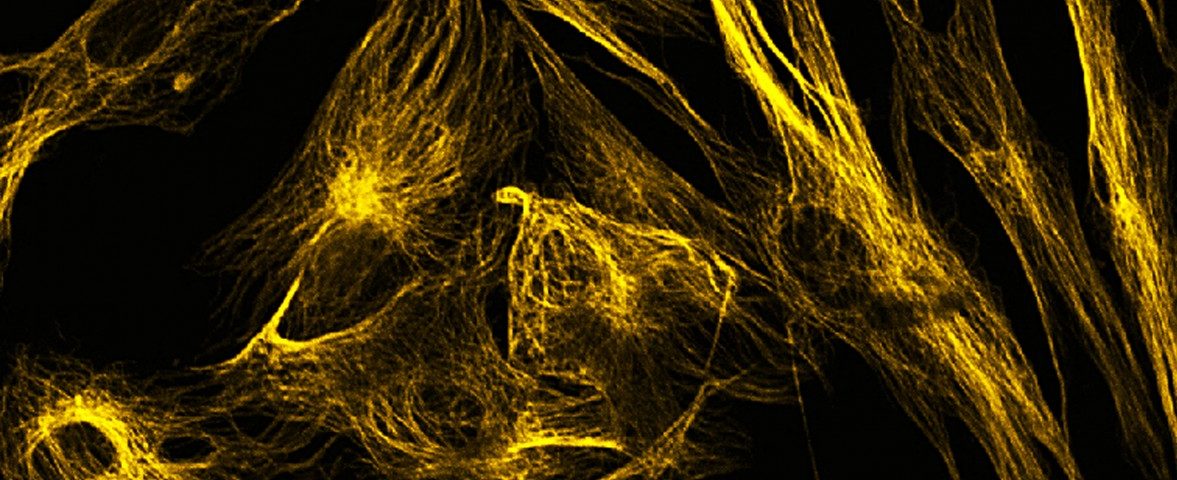Asbestos triggers a change in cells that makes them take on fibrosis-promoting properties. That change — which could be the first step in the development of malignant mesothelioma — takes place through inflammatory processes set into motion by the presence of asbestos, a carcinogen.
These insights may help scientists better understand the roles various factors play in mesothelioma’s development, researchers explain in the study, “Asbestos-Induced Mesothelial to Fibroblastic Transition Is Modulated by the Inflammasome.” It was published in The American Journal of Pathology.
Researchers know that mesothelioma is accompanied by a chronic inflammatory reaction. Studies have pointed to specific immune factors — called cytokines — and inflammation-associated genes in its development. In its earlier work, the research team at the University of Vermont College of Medicine explained that asbestos activates a specific protein complex, known as the NLRP3 inflammasome. That structure then activates production of the cytokines interleukin (IL)-1 beta and IL-8. Other studies have shown that those immune players are involved in promoting fibrosis (the production of scar-like tissue).
Fibroblasts are cells involved in fibrosis production, which can be crucial in wound healing. But fibrotic processes often go awry, and an extensive change of epithelial cells — which cover the surfaces of many tissues — to fibroblasts is characteristic of many fibrotic diseases. This process is known as an epithelial-mesenchymal transition.
The research team suspected that the process might occur when cells are exposed to asbestos. Using lab-grown human mesothelioma cells from pleural and peritoneal tumors, as well as healthy cells from the membranes lining the abdomen, the team found that that is, in fact, the case.
When cells were exposed to asbestos, activation of the inflammasome, and the subsequent production of IL-1 beta and IL-8, triggered a change from normal mesothelial appearance to a fibroblast-like state. Blocking the inflammasome’s actions or IL-1 beta prevented the transition.
To test whether the process would occur in a living organism, researchers exposed mice to asbestos. Just as in the cells, asbestos triggered a change in the normal mesothelial cells to a cell type with fibroblast features. Mice without a functional inflammasome did not show extensive cell changes.
Researchers observed similar results in mice that had a faulty IL-1 beta signaling.
Further studies are required to determine the roles the different proteins pay in the mesothelial-to-fibroblast transition, which will help in determining how asbestos leads to the development of cancers such as mesothelioma.


